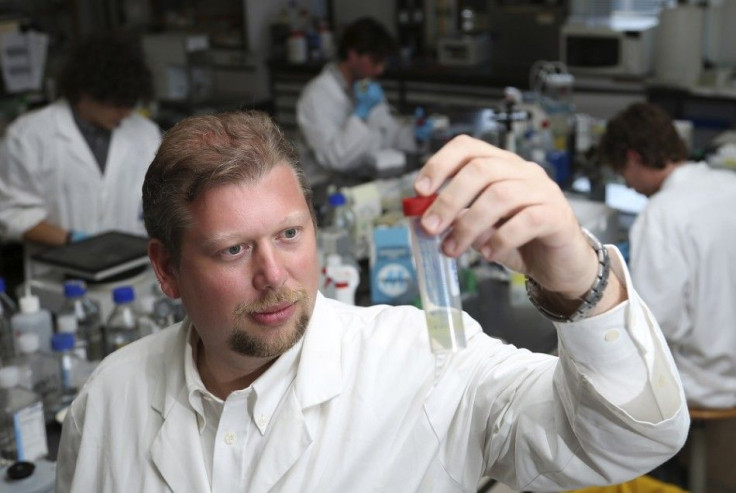Lab-Grown Penis Offers Hope For Men With Congenital Abnormalities & Trauma

The Wake Forest Institute for Regenerative Medicine in North Carolina has a possible hope for men who are suffering from congenital abnormalities on their penises or underwent trauma on their private parts. The hope comes in the form of male genitals grown in laboratories.
YouTube/The Young Turks
The institute is ready to test the possibility after two decades of research, and if successful, could be tested on humans in the next five years. It would use the own cells of the patient to cut the high risk of organ rejection. Current technology could create a male sex organ using skin and muscle from the thigh or forearms, which allows restoration of sexual functions using a penile prosthetic made of malleable rods or inflatable rods.
The former method leaves the patient with a semi-erect state permanently, which manifests itself as a bulge in the crotch area noticeable by others. The latter uses a saline pump inside the scrotum. The two methods, around since the 1970s, has the drawback of awkward penetration.
Since 1992, the team had bioengineered 12 penises for male rabbits of which eight successfully ejaculated and four had offspring with female rabbit partners.
The procedure begins with growing the cells in culture for four to six weeks then moulded into a male organ with the use of a donor penis. The second step involves washing the donor penis in mild detergent to remove all the cells of the donor. This leaves a collagen scaffold of the male genital where the cultured cells of the patient are placed.
Expected to benefit from this revolutionary procedure are men with cancer of the penis or traumatic injuries such as those whose private member was severed accidentally or intentionally, said Professor Anthony Atala, director of the institute.
He explained, quoted by The Guardian, "The phallus is actually much longer than you think. It goes all the way behind the pelvis, so no matter the extent of the damage, there is a high probability that there are salvageable cells."
Atala, a urological surgeon and professor regenerative medicine, and his team had also successfully bioengineered other body organs such as a bladder in 1999 and a vagina in 2005.
YouTube/DNews




















